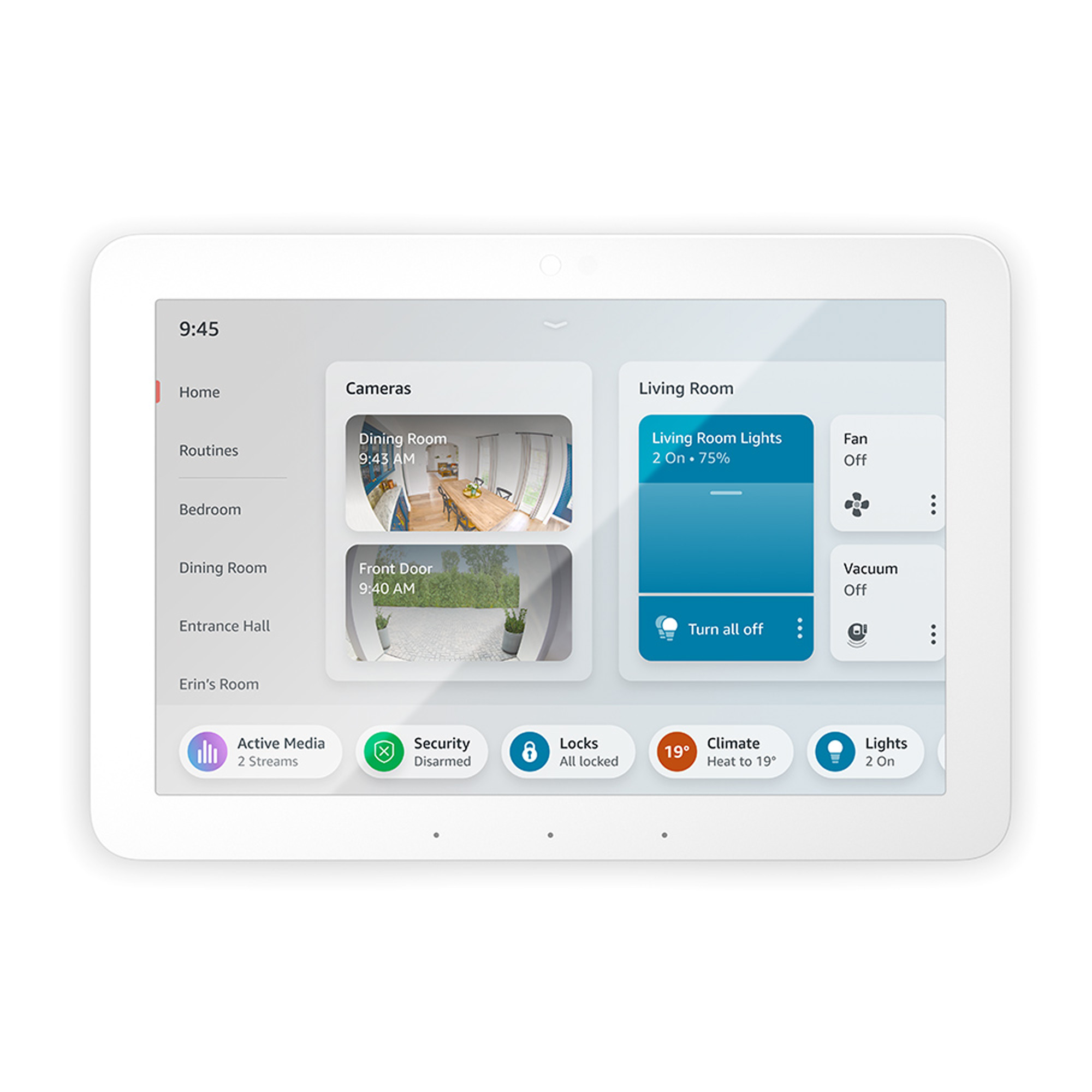What is a smart home ecosystem? And why might I need one?
Own more than one smart device? Make your life easier by linking all of them into one smart home ecosystem. Then you can control everything quickly and easily via a single app


Any idea of what a smart home ecosystem is? Most people won't, despite having numerous smart devices running in their homes. But if we told you that setting one up will make your life easier, simplifying the (sometimes fiddly) smart home process into one single, easy-to-use system... might that sound like something you should know about?
Sure, we get it – smart home tech can sometimes be very confusing. The mere idea of investing in a smart device is an anathema to most.
But trust us, if you get your smart home devices running on a single ecosystem, you’ll soon wonder how you ever lived without it all running quietly in the background.
Not sure where to start? Read on…
What is a smart home ecosystem?
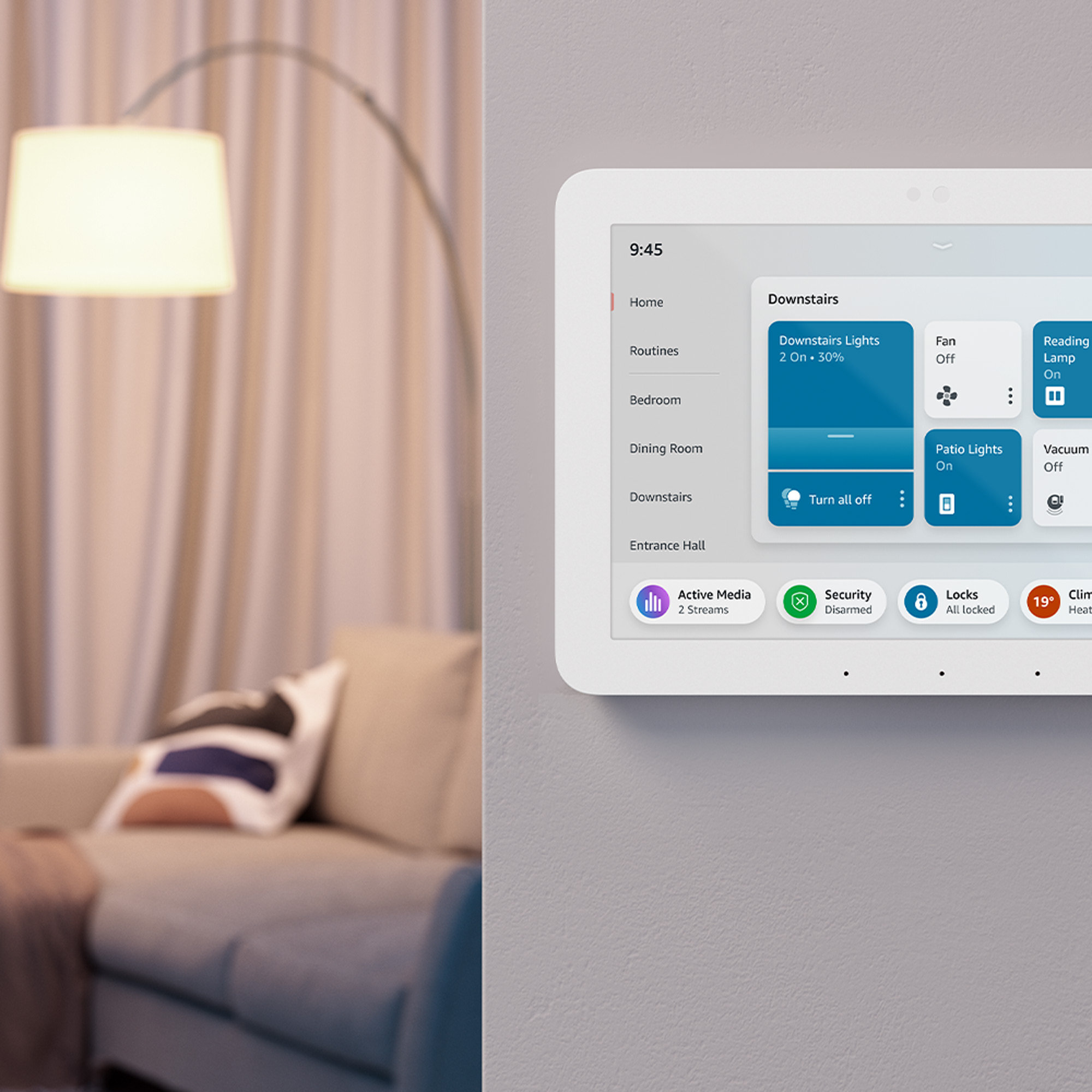
Since smart home tech is all about using automation to make life easier, shouldn’t using it be a simple process, too? That’s where ecosystems – a single app-based control centre through which you can manage all of your smart home devices – come into play.
From smart lighting, heating, and security, as well as anything that can be attached to a smart plug, link all of these devices together through one ecosystem (or platform), and you can control it all with one app.
Why use one?
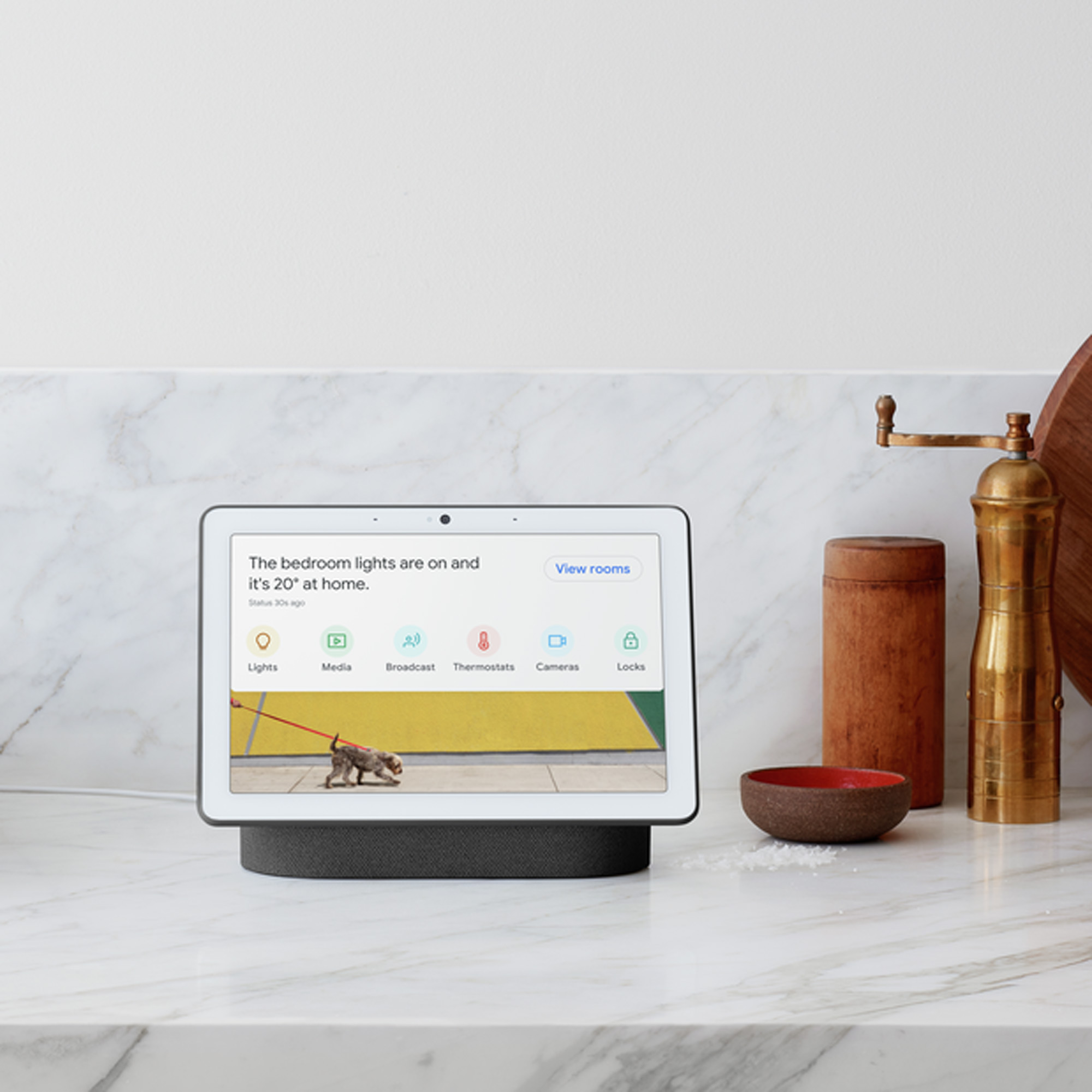
While it’s more convenient to stick to one single brand when buying smart home devices, in reality, that’s not always practical or possible. You might prefer the look or the functionality that a smart home security camera or video doorbell from one company offers over others, or you may invest in a smart lamp from a certain brand, and then a smart bulb from another.
Sign up to our newsletter for style inspiration, real homes, project and garden advice and shopping know-how

For instance, if you own a Philips Hue lamp, a Lifx bulb and you have another lamp plugged into a Tapo smart plug, these brands all require that you download their apps to install them. Then, in order to turn your lights on every evening, you'd have to toggle between each app to control each product.
But by consolidating all of your devices into a single (ecosystem) app, you'll only have to use that app to control several devices at once, regardless of who makes them.
The majority of smart home products don’t discriminate, allowing you to integrate them into your chosen ecosystem, setting schedules, using voice control, or operating several devices in tandem. If you're unsure if a new device will work with your ecosystem, always look for the 'Works with...' label on the packaging before buying.

Worth a mention here is the new smart home standard called Matter. A joint venture with big-name brands like Apple, Amazon, Google, and Samsung among others, Matter aims to connect all smart home devices and systems with one another, regardless of the brand or ecosystem. If your smart home device 'Works with Matter' and your ecosystem is any of the four listed above, then they're compatible.
What ecosystems are there?
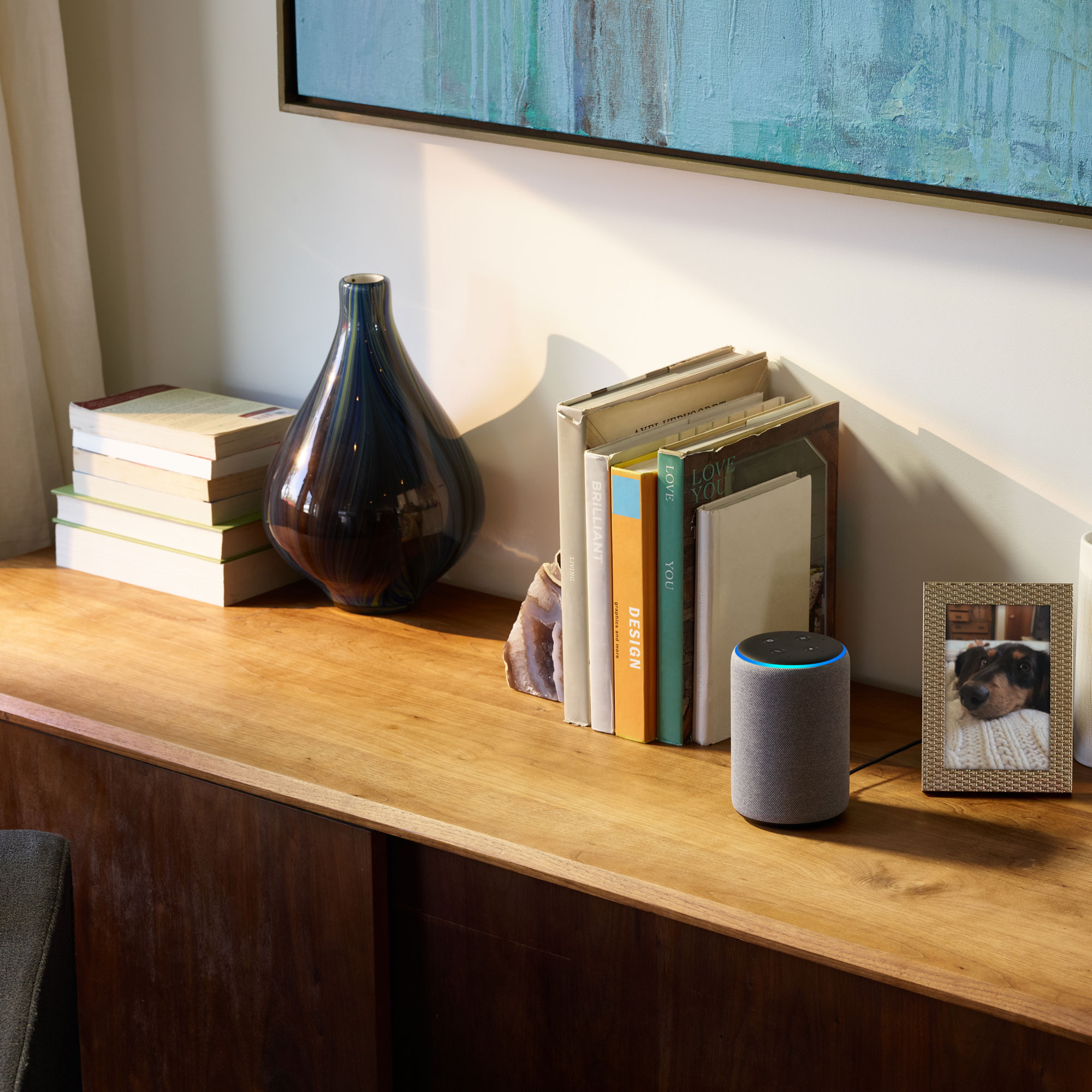
There are four leading ecosystem apps to choose from - Amazon Alexa, Apple HomeKit, Google Home, and Samsung SmartThings. There are other ecosystems available, such as IFTTT, but they tend to have less compatibility than the three big hitters.
You can link third-party devices to these ecosystem apps, not just the devices made by the specific brands, controlling them all on your smartphone, and sharing the account with other household members so they can, too. As mentioned before, always check that the product works with your chosen ecosystem before you buy.
It's always advisable to invest in a hub to go with your ecosystem of choice - these will double as voice assistants and provide your main control centre through which you can control your ecosystem and set up schedules.
How do they work?
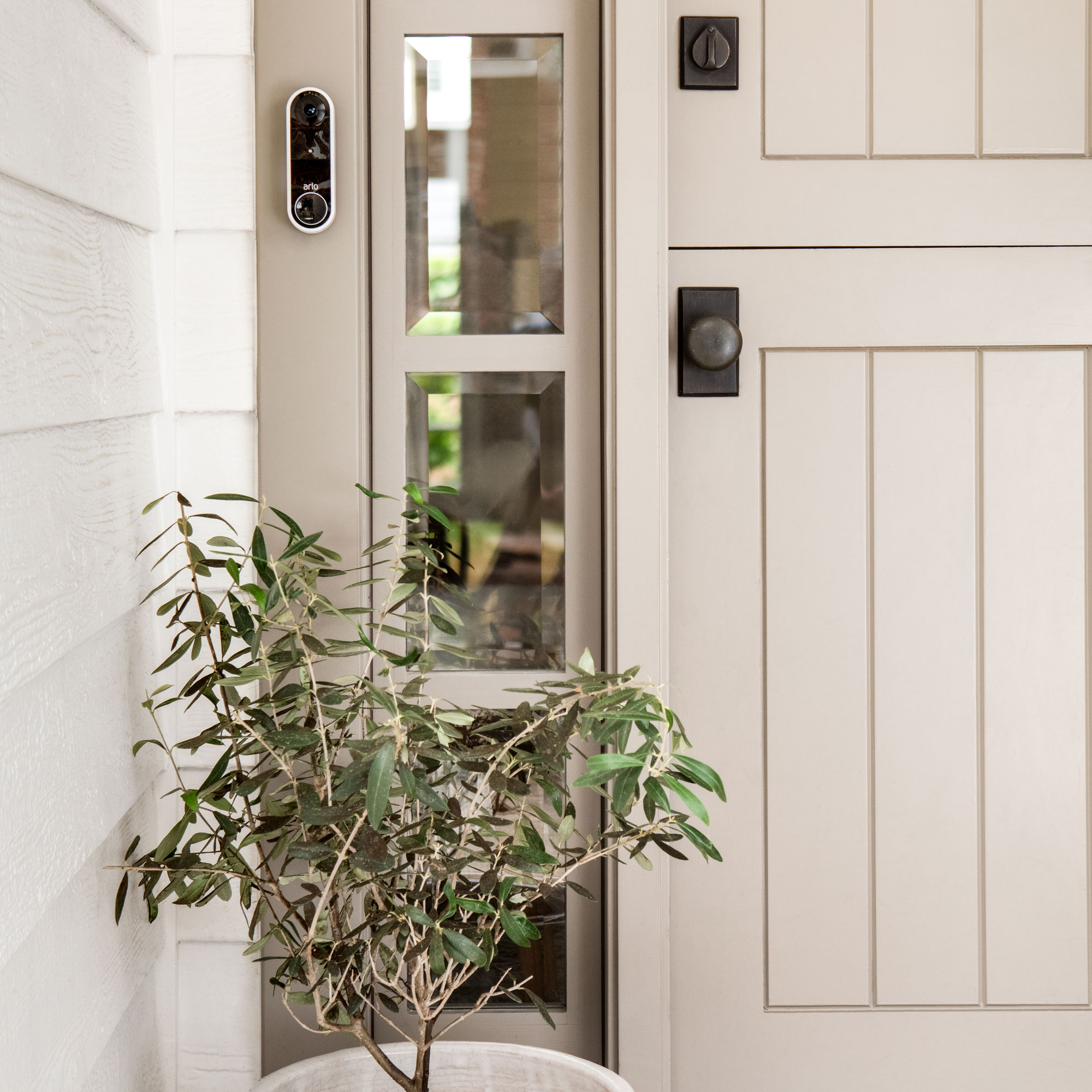
Using a single ecosystem, you can group them into rooms in your home, e.g. all of your smart devices that are in your living room are grouped in a 'living room' section, so you can specifically ask your voice assistant to 'turn on living room lights'.
You can set up regular 'automations' for your smart tech to follow. These schedules or routines can turn devices on (or off) at specific times of the day or week, and you can even combine multiple devices to work in harmony in a single action, so when you come home every evening, your smart lights are on and your house is warm, all thanks to your smart thermostat.
Then, later in the evening, you can have your living room lights dim as you watch TV and your electric blanket switches on. Creating these routines ensures that everything works together simultaneously behind the scenes, allowing you more time to simply relax.
Finally, when you go to bed, you can say 'good night' and everything - your lights, heating, TV and so on, all switch off at the same time.
Do I need to use the ecosystem app?
You will initially need to integrate everything via the app and create schedules or routines via the app, but once these are in place, you can control everything by voice control.
Furthermore, the addition of a hub device will give everyone in your household access to voice control, and even security camera views on demand if your hub features a screen.

Ginevra Benedetti has been the Deputy Editor of Ideal Home magazine since 2021. With a career in magazines spanning nearly twenty years, she has worked for the majority of the UK’s interiors magazines, both as staff and as a freelancer. She first joined the Ideal Home team in 2011, initially as the Deputy Decorating Editor and has never left! She currently oversees the publication of the brand’s magazine each month, from planning through to publication, editing, writing or commissioning the majority of the content.


